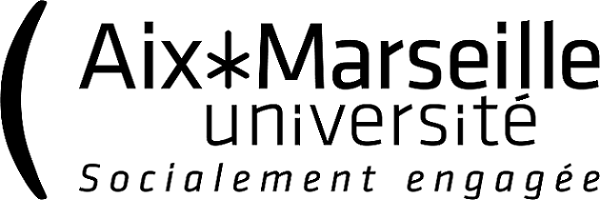Debris disk color with the Hubble Space Telescope
Résumé
Context . Multiwavelength scattered light imaging of debris disks may inform dust properties including typical size and mineral composition. Existing studies have investigated a small set of individual systems across a variety of imaging instruments and filters, calling for uniform comparison studies to systematically investigate dust properties. Aims . We obtain the surface brightness of dust particles in debris disks by post-processing coronagraphic imaging observations, and compare the multiwavelength reflectance of dust. For a sample of resolved debris disks, we perform a systematic analysis on the reflectance properties of their birth rings. Methods . We reduced the visible and near-infrared images of 23 debris disk systems hosted by A through M stars using two coron-agraphs on board the Hubble Space Telescope: the STIS instrument observations centered at 0.58 µm, and the NICMOS instrument at 1.12 µm or 1.60 µm. For proper recovery of debris disks, we used classical reference differential imaging for STIS, and adopted non-negative matrix factorization with forward modeling for NICMOS. By dividing disk signals by stellar signals to take into account intrinsic stellar color effects, we systematically obtained and compared the reflectance of debris birth rings at ≈90º scattering angle. Results . Debris birth rings typically exhibit a blue color at ≈90º scattering angle. As the stellar luminosity increases, the color tends to be more neutral. A likely L-shaped color–albedo distribution indicates a clustering of scatterer properties. Conclusions . The observed color trend correlates with the expected blow-out size of dust particles. The color-albedo clustering likely suggests different populations of dust in these systems. More detailed radiative transfer models with realistic dust morphology will contribute to explaining the observed color and color–albedo distribution of debris systems.
Origine : Fichiers éditeurs autorisés sur une archive ouverte
Licence : CC BY - Paternité
Licence : CC BY - Paternité


